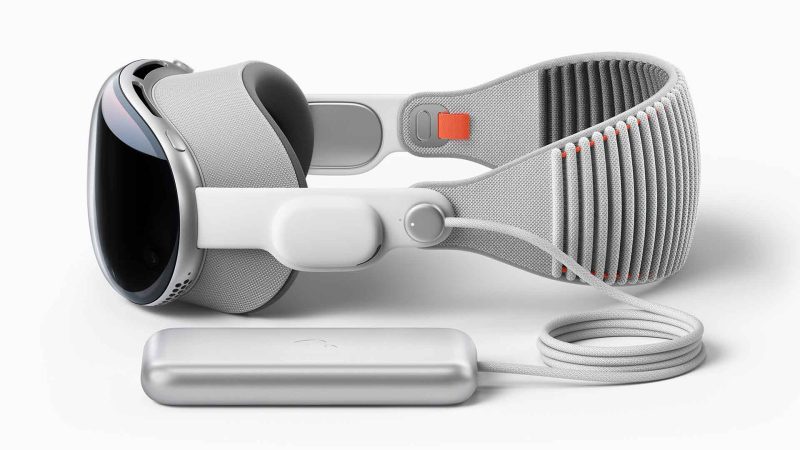Apple unveiled the highly anticipated Vision Pro headset at its annual WWDC event last week, which packs powerful hardware and runs visionOS, an augmented reality (AR) device designed for developers, content creators and professionals. However, the price of this device is as high as $3,500 (Igeekphone note: currently about 24,955 yuan), which is obviously difficult for ordinary consumers to accept. But the latest news is that Apple is working on a cheaper, more mass-market version of the Vision Pro that will compromise in some ways.

According to Bloomberg’s Mark Gurman, Apple is working on a low-power version of the Vision Pro, which could be called “Apple Vision” or “Apple Vision One.” This device will be different from the high-end version in terms of processors, displays and sensors to reduce costs. Gurman noted that Apple initially expected to sell fewer than a million units of the premium Vision Pro, but that number could shrink further as consumers’ purchasing power declines.

It’s unclear when Apple plans to launch a lower-power version of the Vision Pro and what compromises it will make. Gurman believes the lower-spec Vision Pro will use a slower processor. If compared with the recently released high-spec version, the low-spec version may be equipped with the M1 chip. But if Apple uses the M3 chip when it launches the second generation of the Vision Pro, then the low-power version may use the M2 chip, and the current high-power version of the Vision Pro uses the M2 chip and the R1 chip. In addition to the processor, Gurman also believes that the low-spec Vision Pro will use a lower-resolution display. Apple may opt for HD resolution and improve the picture quality by optimizing the pixels. The premium version of the Vision Pro uses a dual 4K resolution micro OLED display, which is also one of the most expensive components. In addition, Apple may also reduce the number of sensors, further reducing costs. For example, Apple may use a regular camera instead of a 3D camera and a lower-grade speaker instead of a spatial audio speaker. Through these measures, as well as optimizing production processes and economies of scale, the price of the lower version may be reduced by “several hundred dollars.”
Despite differences in hardware, both devices will offer the same VisionOS experience, a product line strategy similar to the difference between Apple’s iPhone 14 and iPhone 14 Pro.











